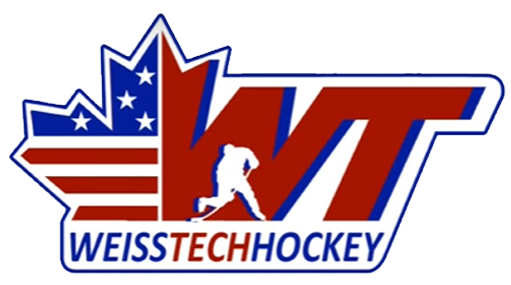Make sure you check out the original 1-2-2 “Foosball” Hockey Systems Forecheck post before you watch this.
Since I posted the original 1-2-2 “Foosball” Forecheck video back in October, I’ve had a lot of feedback. Many of you have had a lot of success using this forechecking system… this is great! I am always interested in hearing about your experiences with the drills, systems, and other material I post here.
Over the past few months, there have been a few recurring questions and comments about this particular forecheck. Rather than answering the same questions over and over, I decided to post a video that addresses the three main questions people have asked:
- What happens if the defenseman reverses the puck (or beats F1 in some other way)?
- How to you convert this forecheck into an offensive attack once the puck is turned over?
- After the initial “flush” what does F1 do?
Hopefully this video helps to clear these three issues up. Remember… ANY forecheck is beatable. This one is no different. The idea is to perfect multiple forechecks so that once a team starts keying in on what you’re doing, you can switch it up on them.
Have fun with this, and let me know if you have any additional questions or comments!





I was thinking of possible counters for the puck carrier reversing the puck. What if, instead of F1 hitting the brakes, F3 reads the reverse and moves up to put a hit on the receiving player (probably the other defenseman)? Then F2 can get on his horse and take F3’s position and F1 can replace F2.
I can think of a possible counter to the hit, and that is the receiving player quickly moving the puck along the boards to an awaiting winger, but I don’t think the winger would generally be waiting on those boards (unless the counter was planned), and that still relies on the receiver to be able to move the puck before taking the hit.
Is there a gaping hole in this scenario that I am missing? (probably )
)
P.S. Thank you for doing these videos. I only started playing less than 2 years ago (at age 23). These videos are immensely helpful. I understand the tactics of hockey much better now that I am attending your coach’s training course
do you have a drill on how to best practice this strategy?
With the outside in pressure of F1, do you run the risk of the D quickly bring it up the strong side? Guessing you do this to give F2 and F3 time to get into position?
Do you ever recommend inside out attack of F1?
The F1 is pressuring outside-in from the strong side, so the D bringing it up the strong side against that pressure is unlikely, especially if F1 is angling correctly. F2 and F3 need to get in position quickly either way.
There are certain scenarios that inside-out pressure works well, but I probably wouldn’t recommend it on this particular set up.
Do you have videos showing other basic forechecking strategies?
not on the blog yet, but i plan to post some more… anything specific you’re looking for?
Mike – that’s great input, and a really good adaptation if the opposing winger is getting through that check.
I don’t currently have a video about neutral-zone forechecking, but that’s definitely something I’ll add to the list of upcoming videos.
Thanks again for your comment!
Great Drill. I use it with my teams but I usually have f2 & f3 alittle higher so they can stay in front of the puck / winger. Players at times will make the body contact on the wrong side allowing the winger to squirt up the boards. That’s just my experience. I enjoy all your videos.
Question: Do you have a video on a mid ice forecheck? Maybe a team is in a transition against you 10 feet inside the blueline.
Thanks